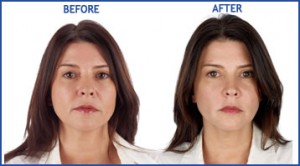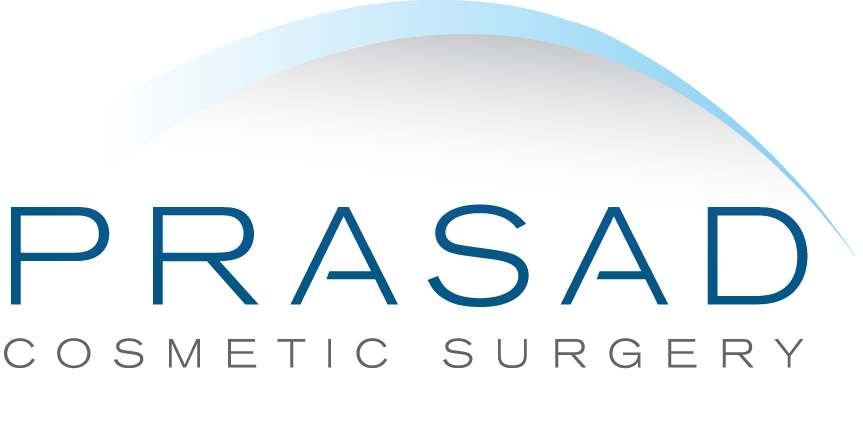- Home
- About Dr. Prasad
- Face & Eyes
Eyelifts
- Body
- Injectables
- Laser
- Hair Restoration
- Photos
- Hair Restoration Before and After Photos
- Eye lift Before and After Photos
- Upper Blepharoplasty Before and After
- Ptosis Surgery Before And After
- Facelift Before and After Photos
- Lip Enhancement Before and After Photos
- Under Eye Filler Before and After
- Blepharoplasty Before and After
- Lower Blepharoplasty Before and After Photos
- Eyelid Surgery Before and After
- Double Eyelid Surgery Before and After
- Contact Us
- Home
- About Dr. Prasad
- Face & Eyes
Eyelifts
- Body
- Injectables
- Laser
- Hair Restoration
- Photos
- Hair Restoration Before and After Photos
- Eye lift Before and After Photos
- Upper Blepharoplasty Before and After
- Ptosis Surgery Before And After
- Facelift Before and After Photos
- Lip Enhancement Before and After Photos
- Under Eye Filler Before and After
- Blepharoplasty Before and After
- Lower Blepharoplasty Before and After Photos
- Eyelid Surgery Before and After
- Double Eyelid Surgery Before and After
- Contact Us
Selphyl (Natural Wrinkle Reduction)

What Is Selphyl Treatment?
The SELPHYL® System is a reproducible, hypoallergenic, and cost-effective treatment. SELPHYL® is used in Prasad Cosmetic Surgery’s New York offices in order to harness the patient’s own biology and platelet-rich plasma (PRP) to naturally fill skin depressions, acne scars treatment, wrinkles and folds, rather than using synthetic, plastic, or animal-derived materials.
A small volume of the patient’s blood is collected and the platelets and fibrin are concentrated during a simple centrifuge process. The resulting product (liquid, gel or membrane) can be applied to a treatment area of the face or body to stimulate natural, new tissue growth.
The Selphyl Procedure
The natural procedure is performed in less than 20 minutes and typically yields 4 cc of product — just enough for facial contouring. When injected, SELPHYL® stimulates cell proliferation, which promotes volume increase and skin rejuvenation. Physicians and patients have seen promising and lasting results, with visible effects noted as early as 3 weeks after injection.
Oculoplastic surgeon Dr. Amiya Prasad is very experienced and comfortable with using this natural filler, and has noted excellent results in his patients.
Selphyl treatment takes only less than 20 minutes to perform and results can last up to 2 years, to schedule a consultation fill out the contact form below, or call us at (212) 265-8877 for our Manhattan, NYC location, or (516) 742-4636 for Garden City, Long Island, New York.
